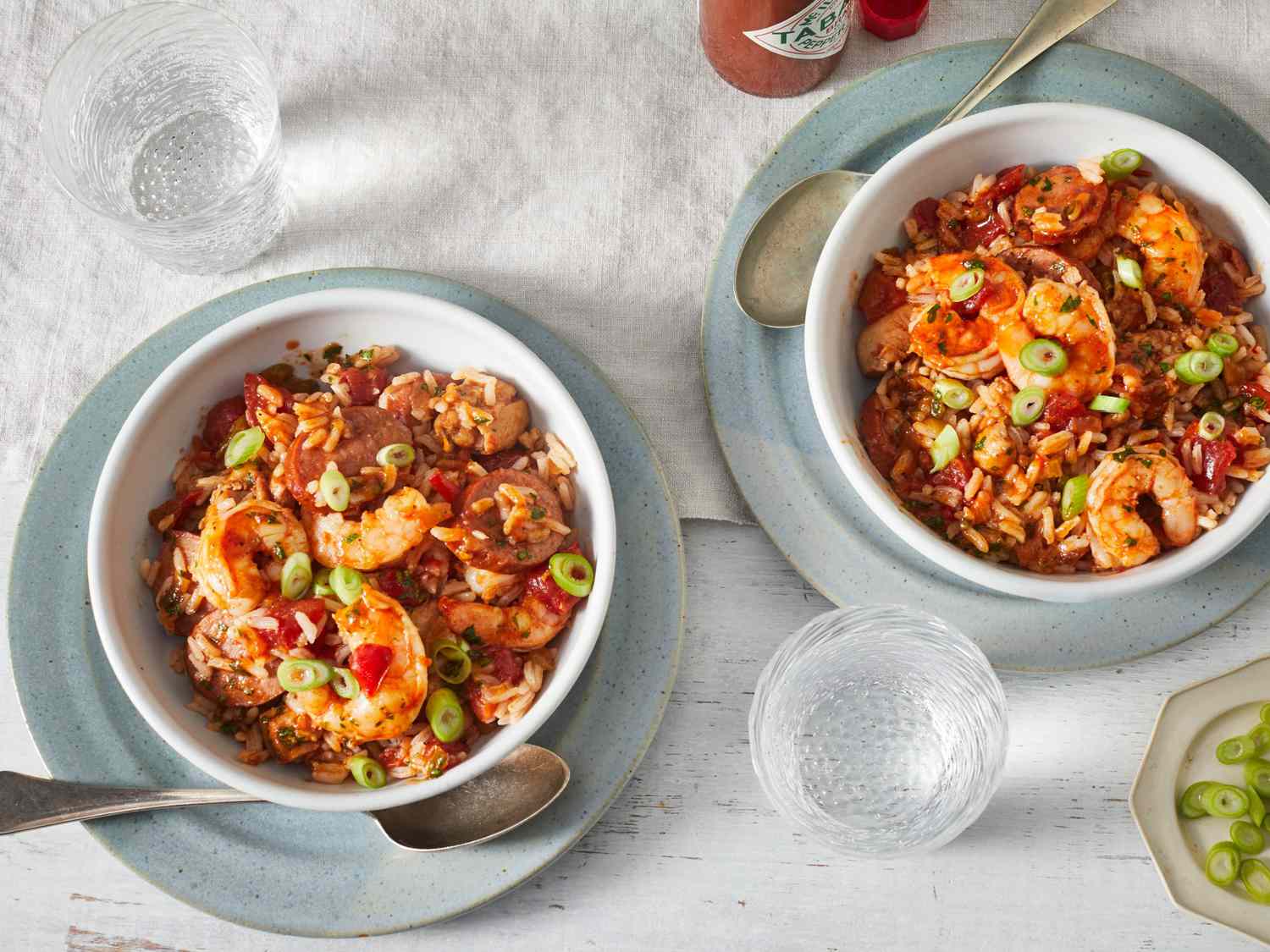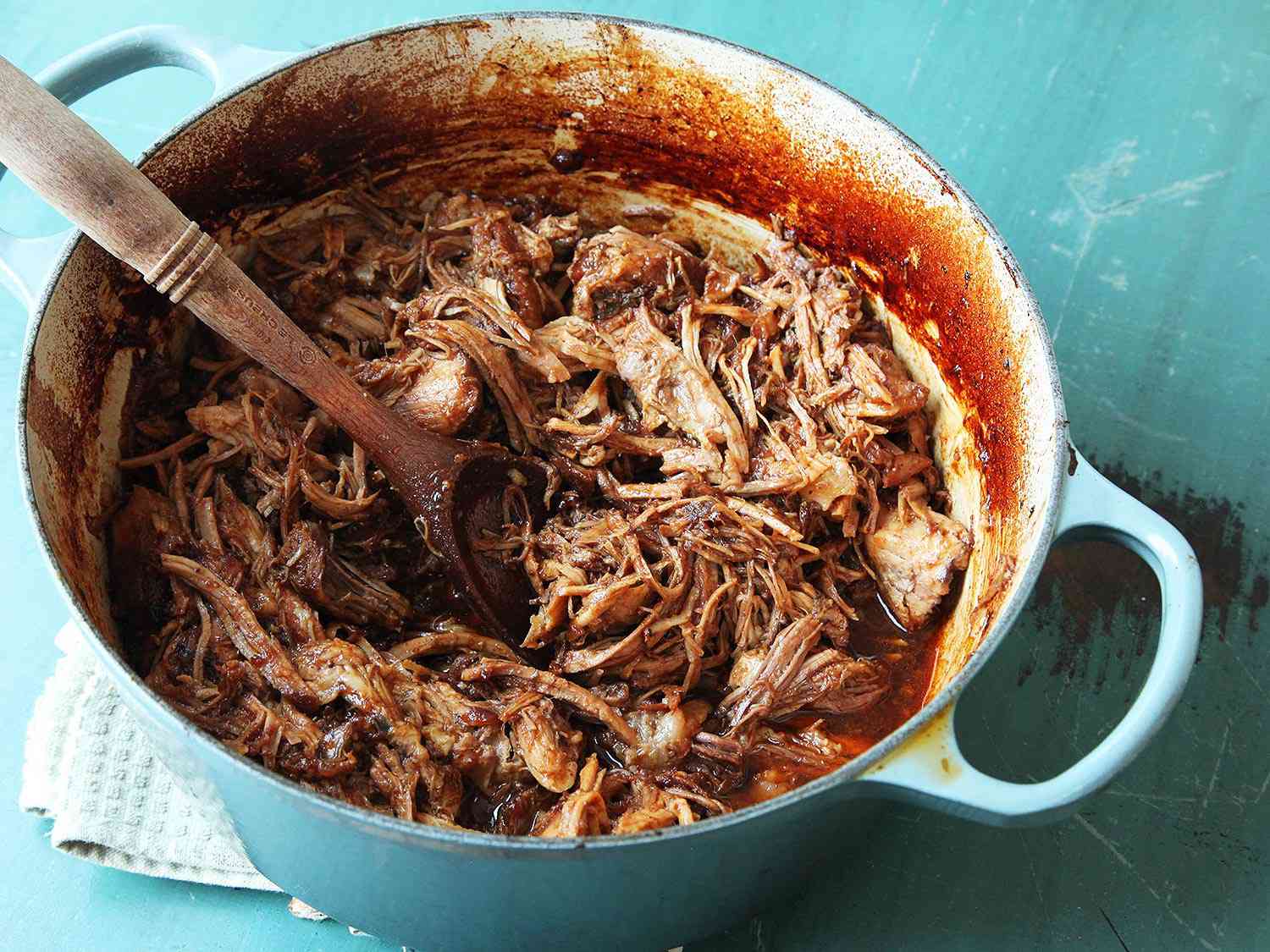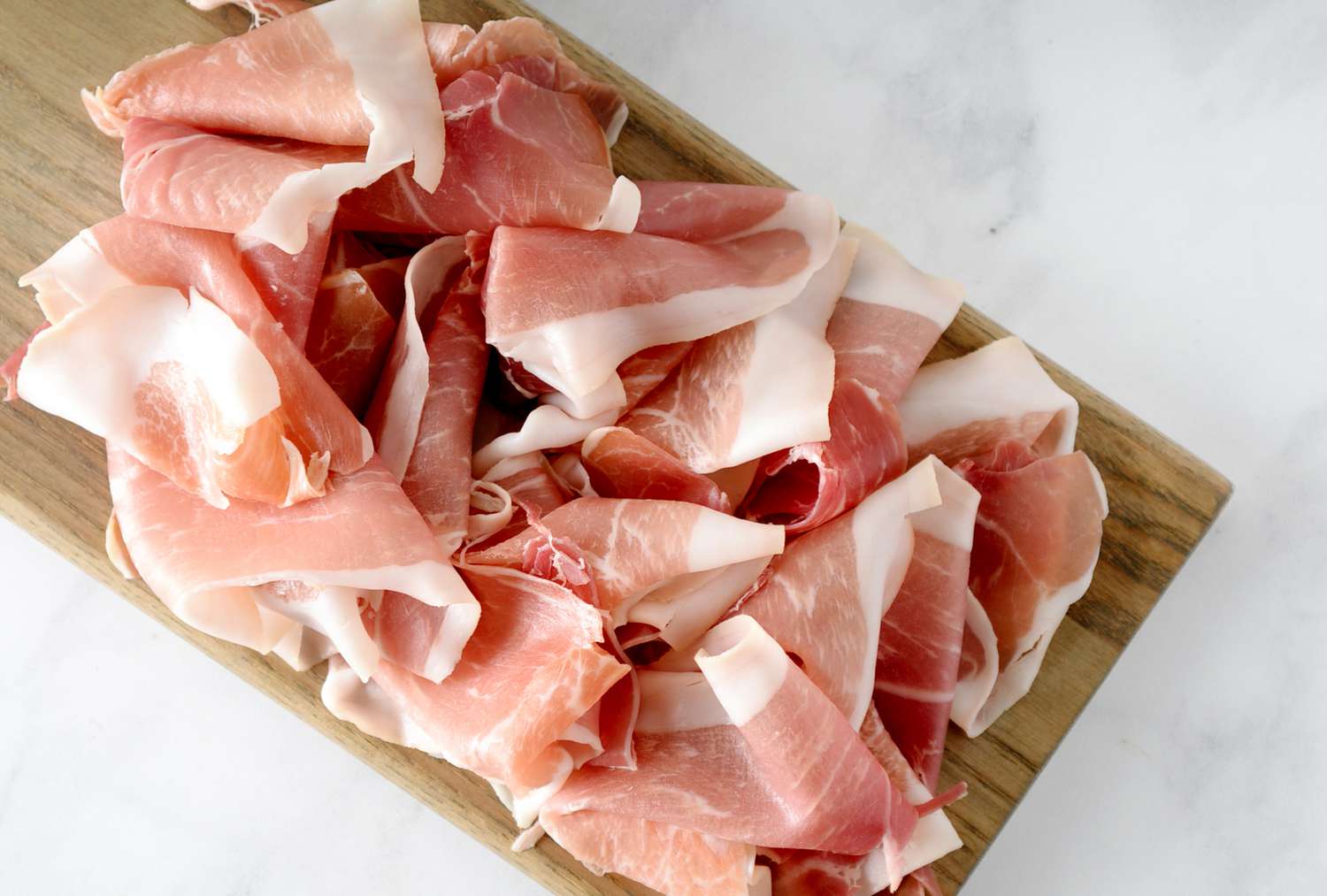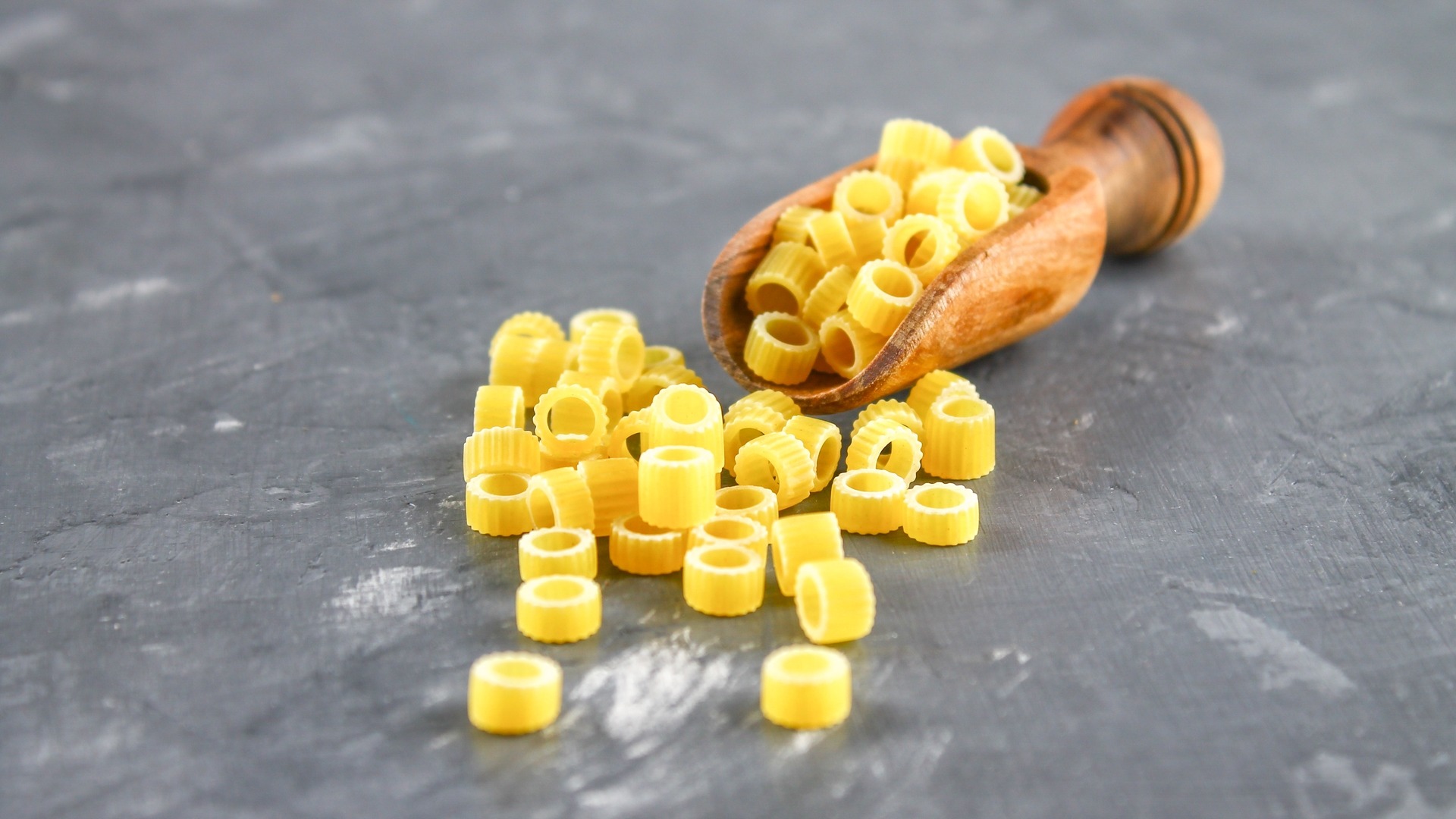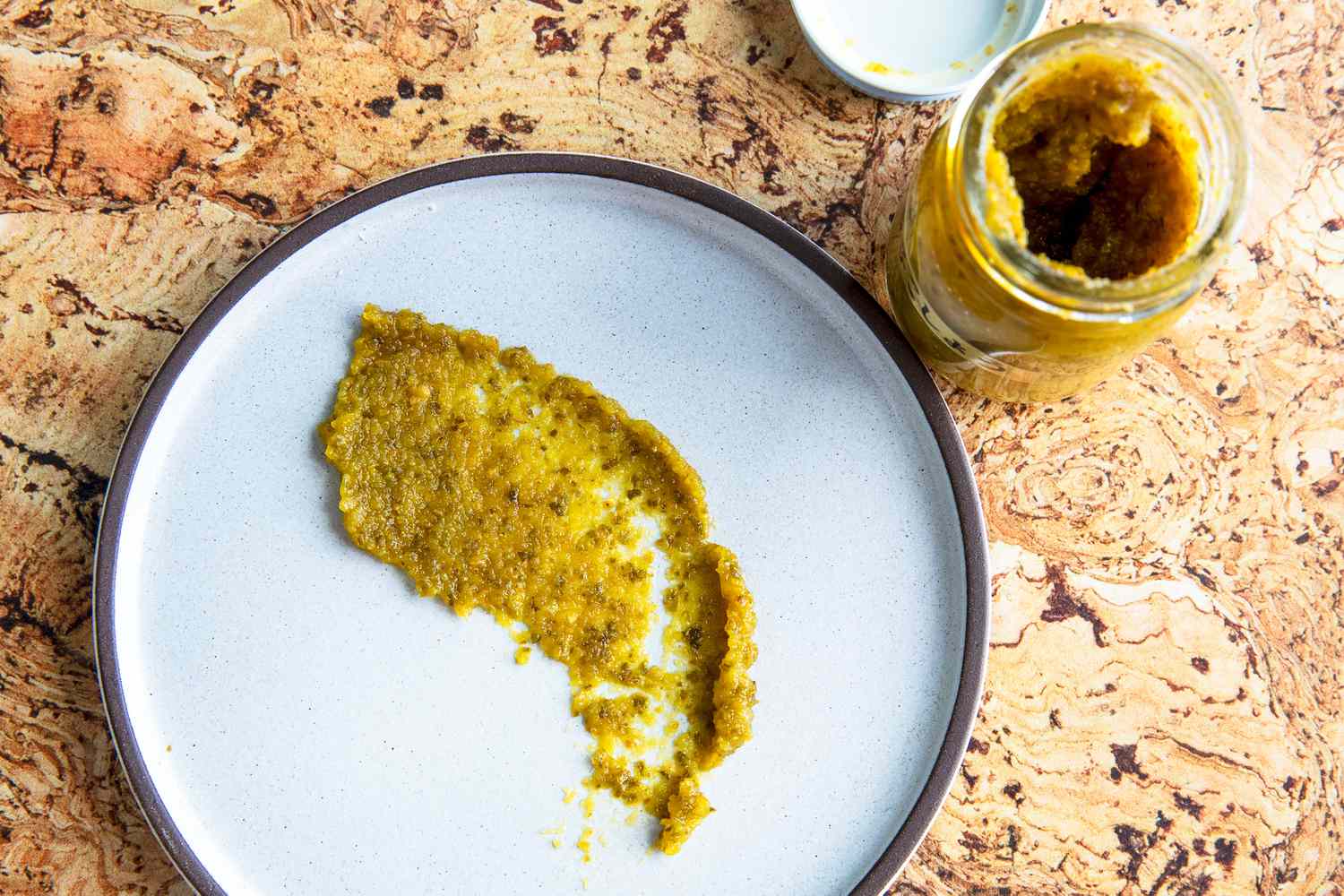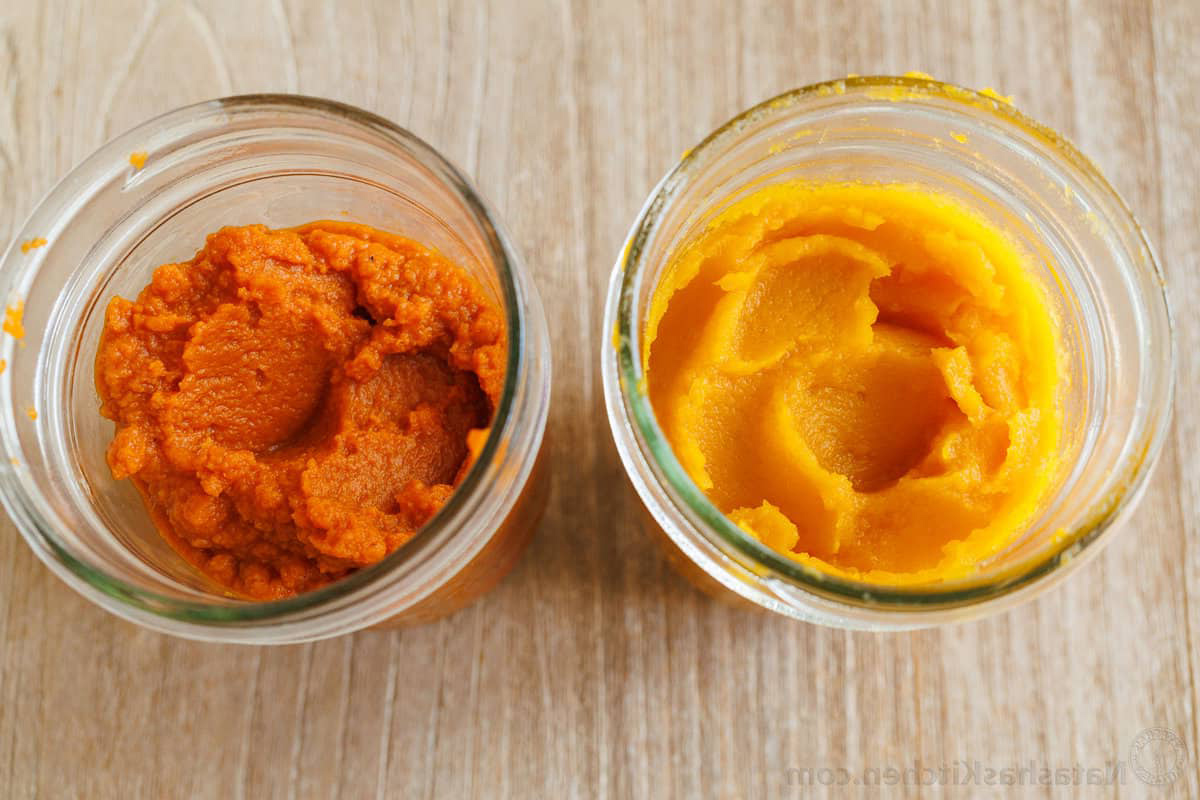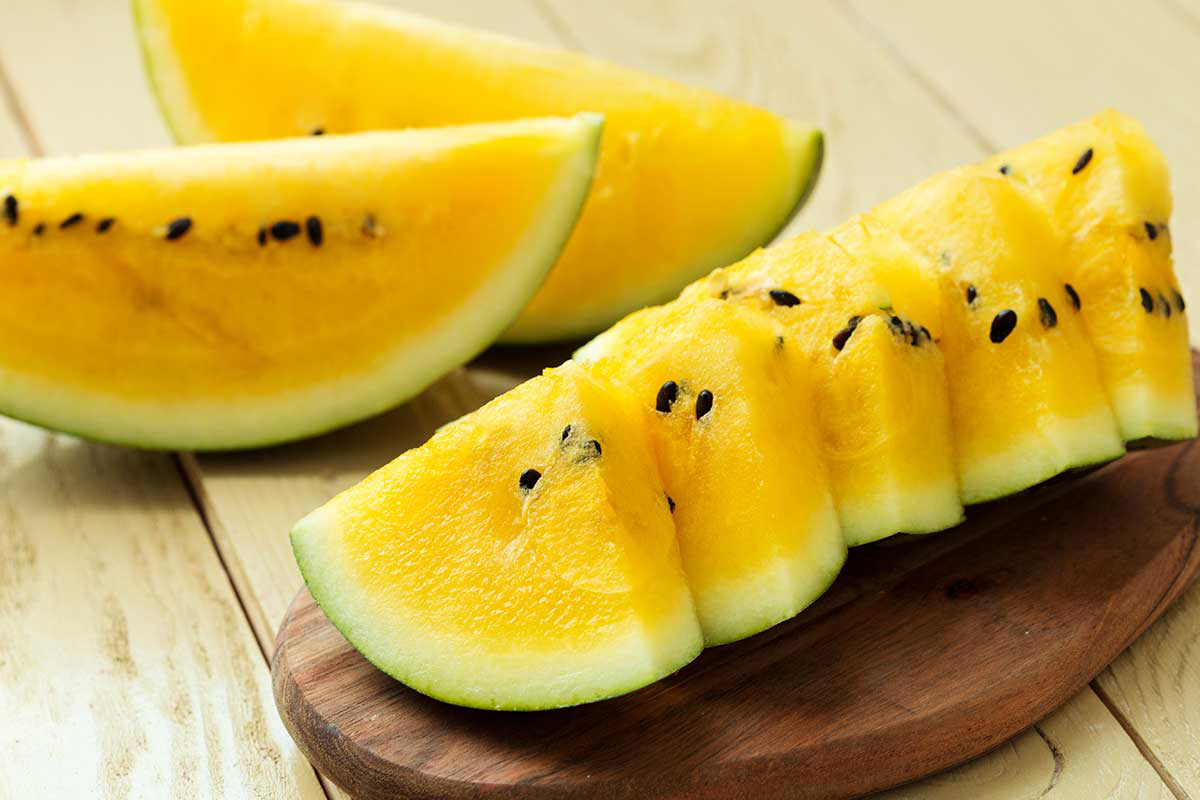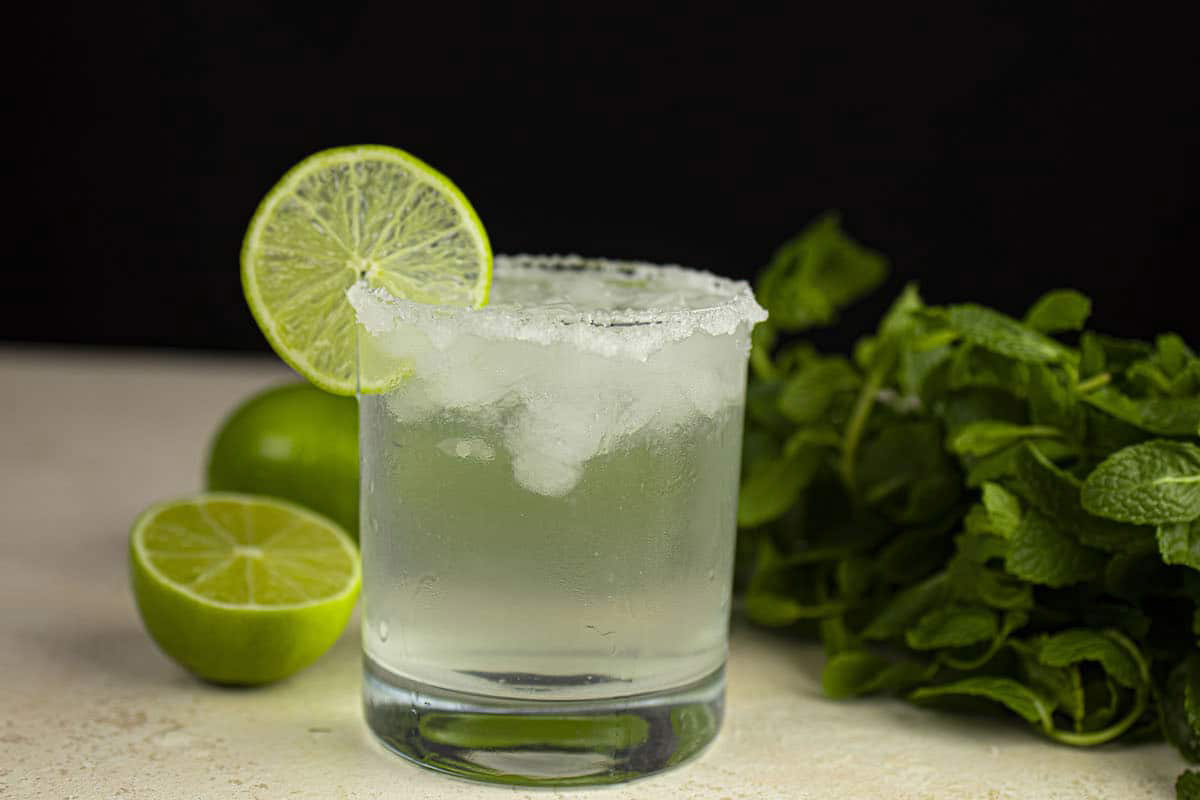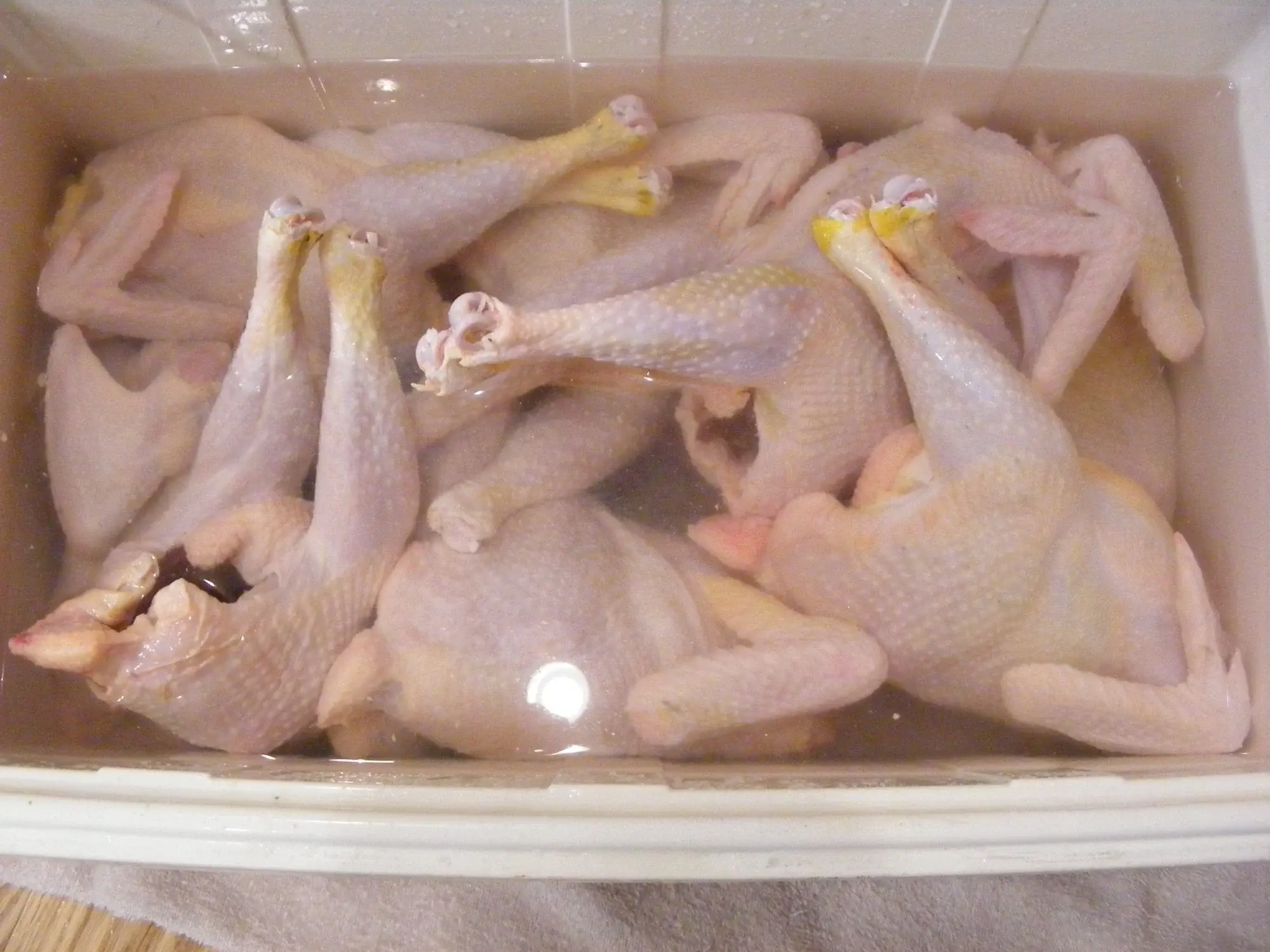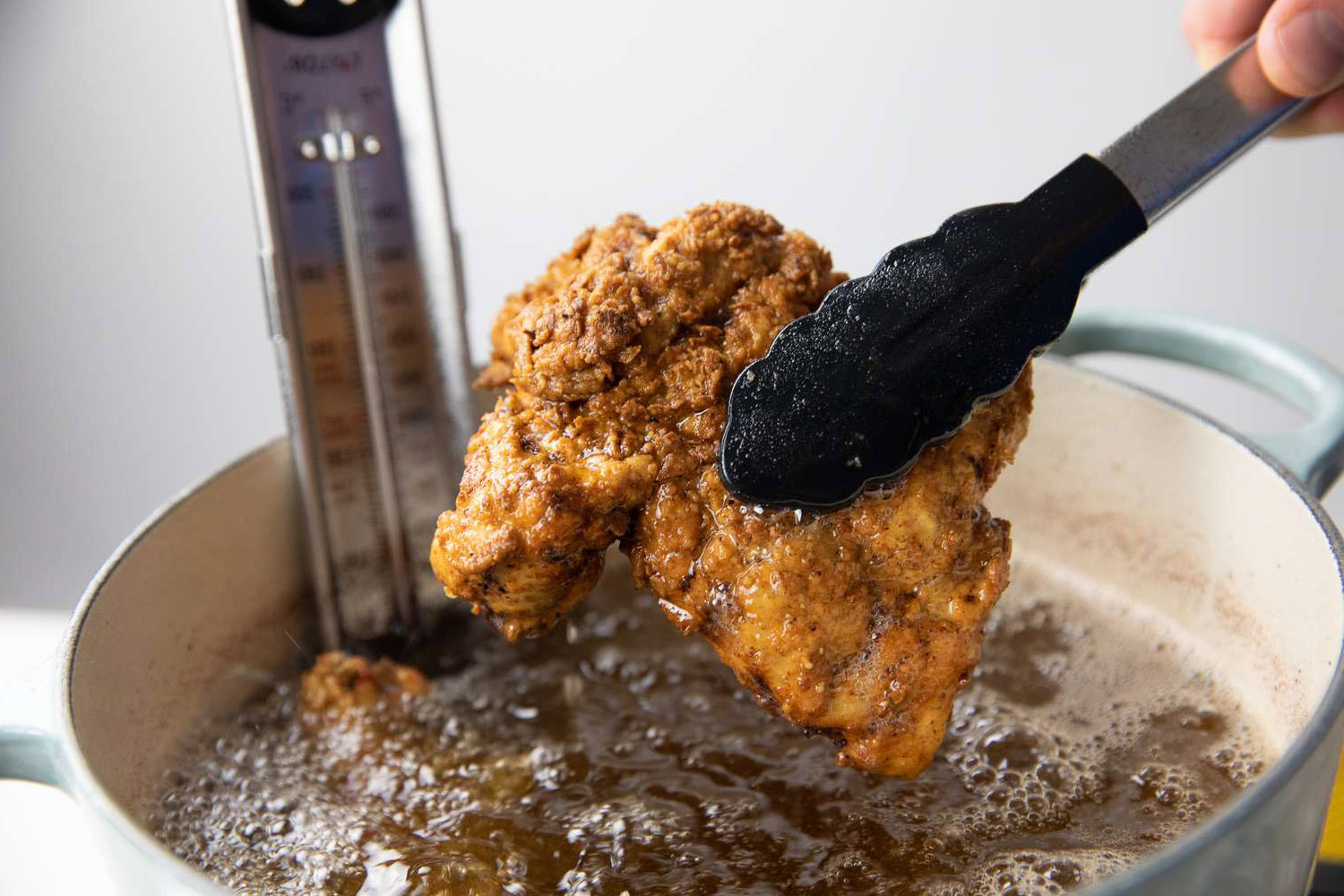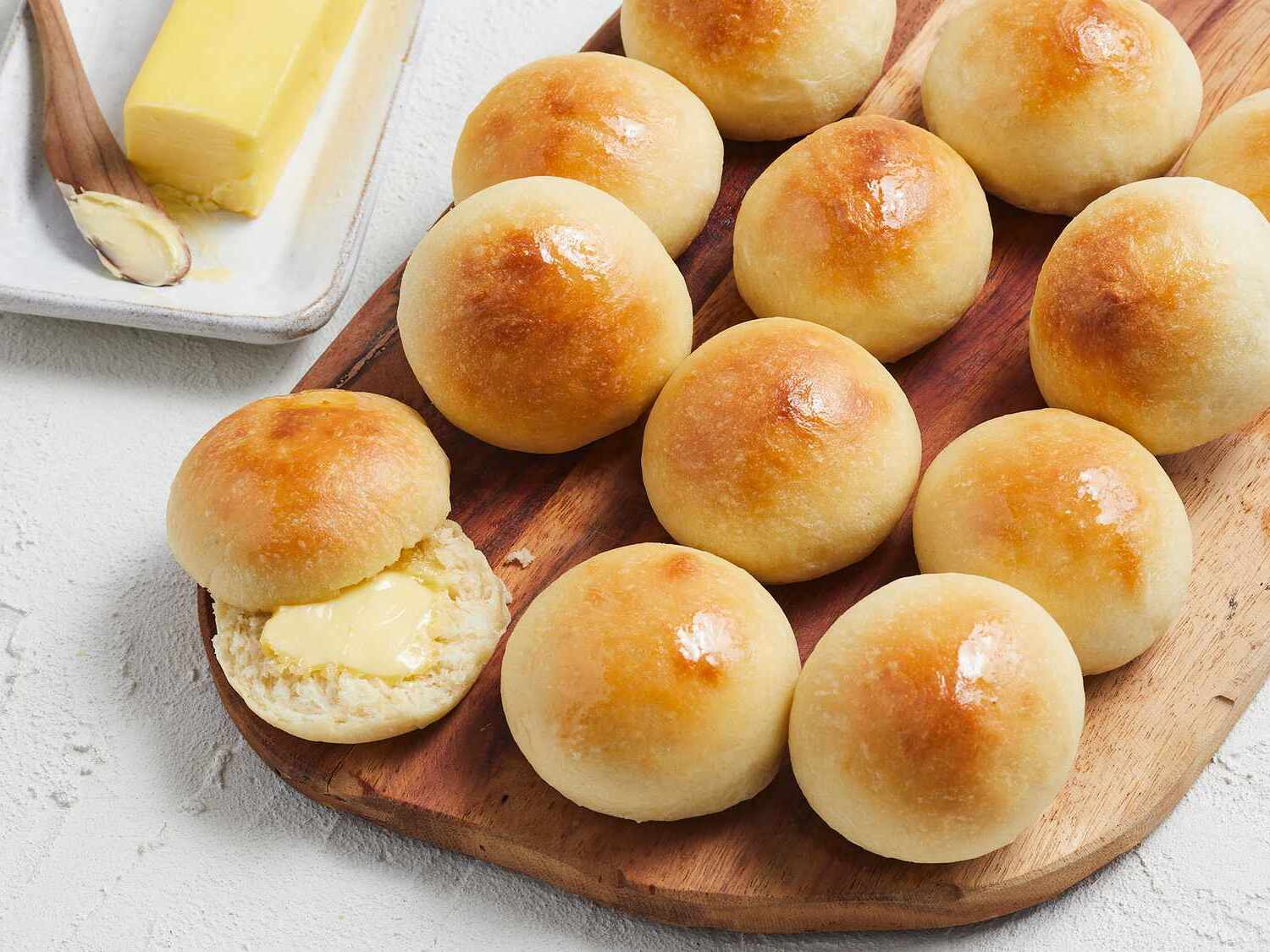The Difference Between Cake Flour and All-Purpose Flour
When it comes to baking, the type of flour you use can make a big difference in the outcome of your baked goods. Two common types of flour that are often used in baking are cake flour and all-purpose flour. While they may seem similar, there are some key differences between the two that can affect the texture and taste of your baked treats.
Cake Flour
Cake flour is a finely milled, delicate flour that is made from soft wheat. It has a lower protein content compared to all-purpose flour, typically around 7-9%. The lower protein content results in a lighter, more tender texture in baked goods. Cake flour is often used in recipes that require a fine crumb and a soft texture, such as cakes, cupcakes, and some cookies.
- Finely milled from soft wheat
- Lower protein content (7-9%)
- Ideal for recipes that require a fine crumb and soft texture
All-Purpose Flour
All-purpose flour, as the name suggests, is a versatile flour that can be used for a wide variety of baking and cooking purposes. It is made from a blend of hard and soft wheat, giving it a moderate protein content of around 10-12%. This moderate protein content makes all-purpose flour suitable for a range of recipes, including bread, muffins, cookies, and more.
- Versatile and can be used for various recipes
- Moderate protein content (10-12%)
- Ideal for a wide range of baked goods
Key Differences
The main differences between cake flour and all-purpose flour lie in their protein content and the resulting texture of baked goods. Cake flour, with its lower protein content, is best suited for recipes that require a fine, tender crumb, such as cakes and pastries. On the other hand, all-purpose flour, with its moderate protein content, is a more versatile option that can be used in a wide range of recipes, from bread to cookies.
When it comes to substituting one for the other, it’s important to consider the desired texture of the final product. If a recipe calls for cake flour and you only have all-purpose flour on hand, you can make a DIY cake flour substitute by removing two tablespoons of all-purpose flour for every cup and replacing it with two tablespoons of cornstarch. This will help mimic the lower protein content of cake flour and result in a lighter texture.
Conclusion
While both cake flour and all-purpose flour have their own unique characteristics, understanding the differences between the two can help you choose the right flour for your baking needs. Whether you’re aiming for a delicate, tender cake or a hearty loaf of bread, selecting the appropriate flour is key to achieving the desired results in your baked creations.
So, the next time you’re in the kitchen whipping up a batch of your favorite baked treats, consider the role that flour plays and choose the one that best suits your recipe. Happy baking!
Was this page helpful?
Read Next: What Is Chicken Bulgogi
